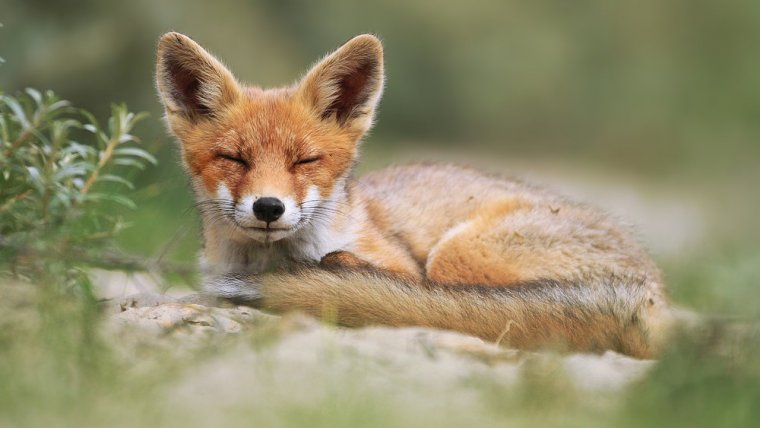
When I started with photography I didn’t know that there were quite a few things that I did wrong, but within the time I got better and realized what it was that made my images look less appealing.
So if you are a beginning photographer let me give you these 5 tips.
Table of Contents
When I started with photography I didn’t have a clue how import those 3 elements (also called Exposure Triangle) would be. You will have just more control over your camera once you have understood how aperture, ISO, and shutter speed work. So If you want to take professional images, be sure to fully understand how those 3 elements work:
Shutter Speed:
The longer the shutter speed the brighter your image will be. Always be sure to use a tripod when you set a long shutter speed.
Aperture:
The narrower the aperture of your lens, the deeper the Depth of Field will be. Be aware that a narrow aperture will mostly cause a busy background. For portrait shots always use an open aperture.
ISO:
The higher the ISO value the brighter your image will be, but also the more grain you will have in your image. Modern cameras allow ISO values up to 3200 without having any grain in your pictures. Always set the lowest ISO value possible.
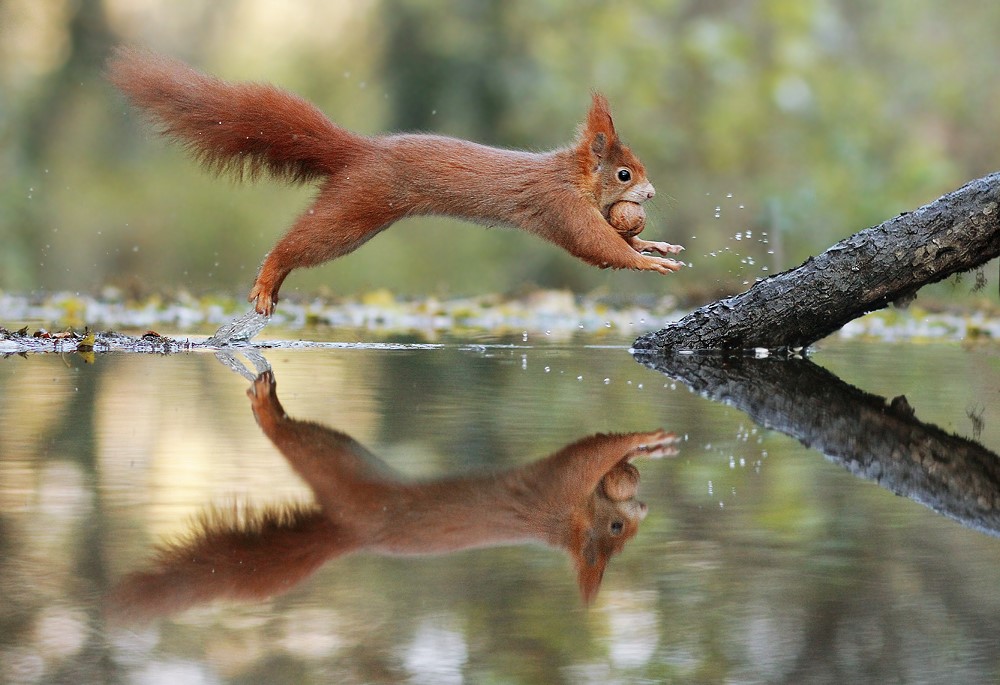
Camera Body: Canon 7D, Lens: Sigma 120-300, Shutter Speed: 1/5000, Aperture: f 2.8, Focal Length: 300 mm, ISO Speed: 1000
Shooting in RAW just offers more possibilities while post-processing your image, as shooting in JPEG is often connected with image quality loss, because your images are getting automatically compressed when you are shooting in JPEG. To avoid exactly that, start shooting in RAW!
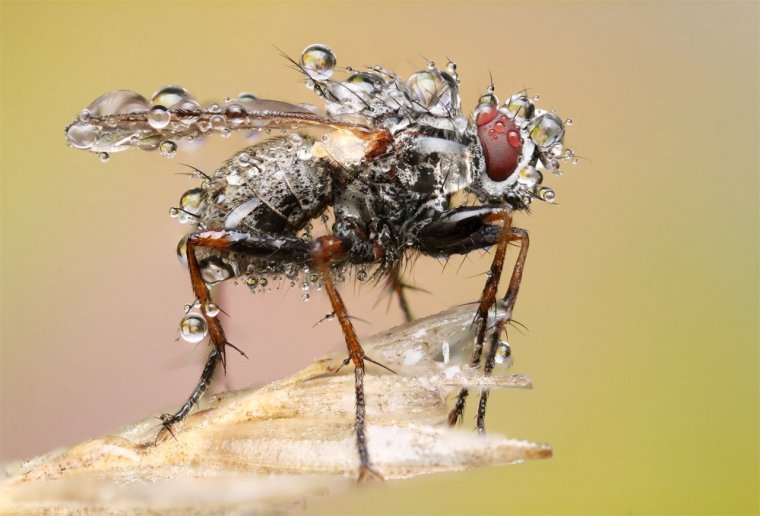
Camera Body: Canon 550D, Lens: Canon Mp-E, Shutter Speed: 1/50, Aperture: f 3.5, Focal Length: 85 mm, ISO Speed: 400
You often can’t rely on the automatic mode, your camera might set inappropriate settings and that might can ruin your image. Manual Mode just offers more versatility, so stop shooting in automatic mode and be smarter than your camera!
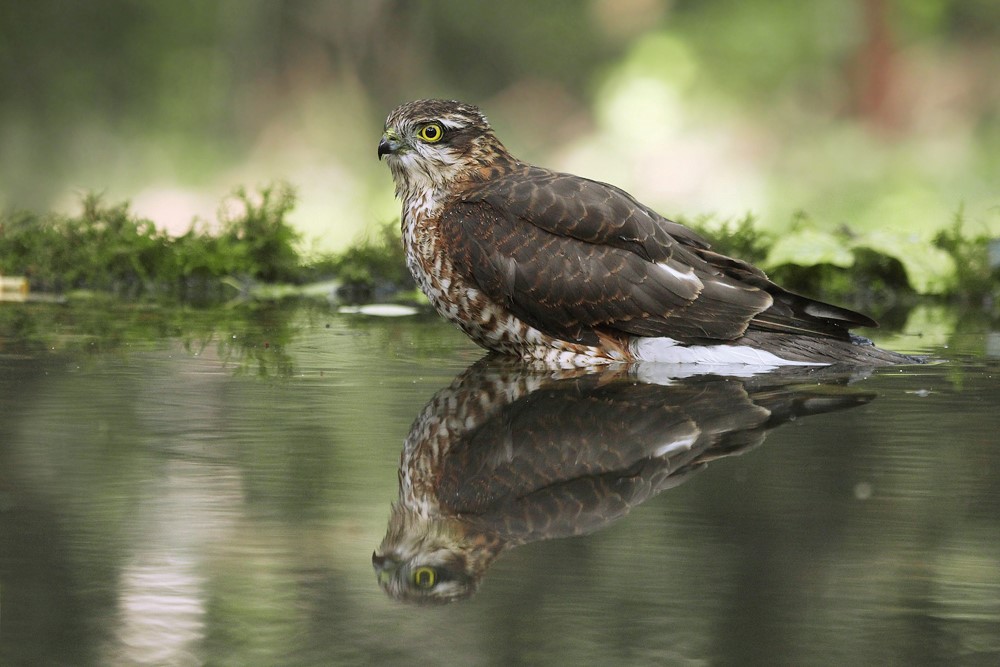
Camera Body: Canon 7D, Lens: Canon 100-400, Shutter Speed: 1/250, Aperture: f 5.6, Focal Length: 350 mm, ISO Speed: 800
When I started with photography I never took care of the aperture value of my camera, so often the background of my images was too busy and the overall image was just too dark. Isolating your subject from its surrounding can be achieved by using the minimum aperture value your lens can provide, so always be sure to shoot with the lowest aperture value possible to get the most out of your image. If your background is soft and smoothes your subject will just stand out more.
If you shoot at the lens lowest aperture value your images will just look more professional.
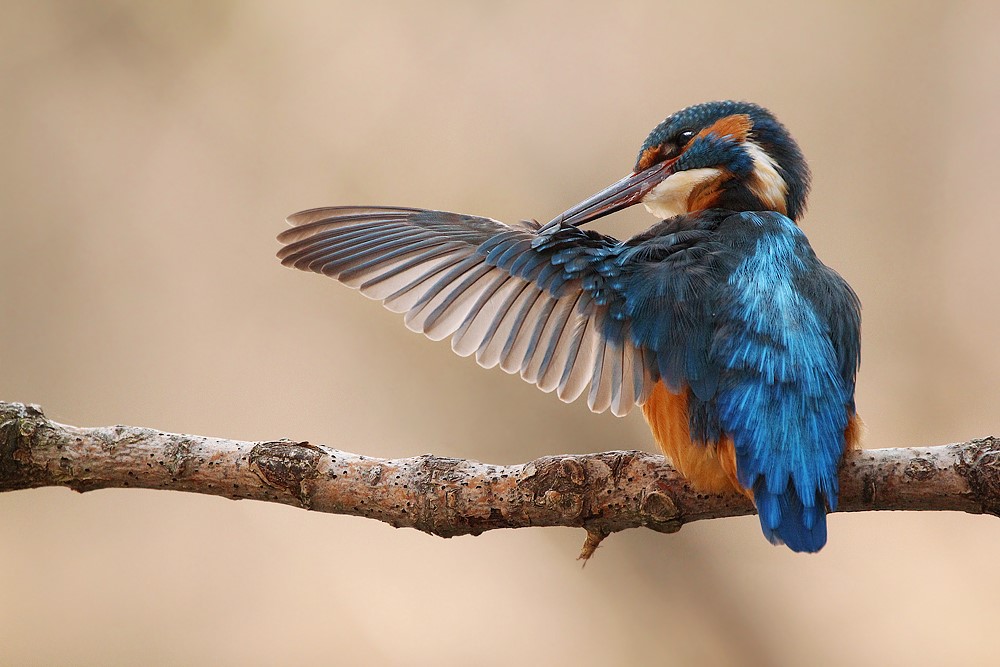
Camera Body: Canon 550D, Lens: Canon 100-400, Shutter Speed: 1/500, Aperture: f 5.6, Focal Length: 400 mm, ISO Speed: 400
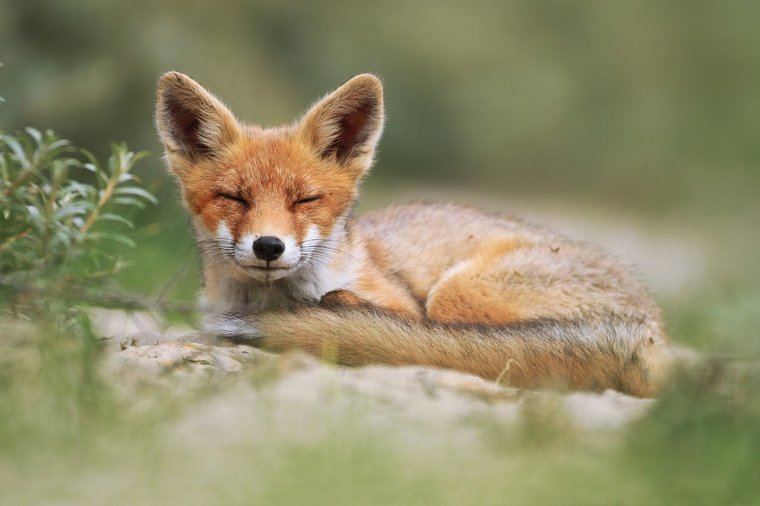
Camera Body: Canon 7D, Lens: Sigma 120-300, Shutter Speed: 1/500, Aperture: f 3.5, Focal Length: 300 mm, ISO Speed: 100
Image Composition is the most powerful tool to attract viewers, there are few image composition rules such as the rule of thirds or the golden ratio. Both are used by many photographers to create eye appealing image and to create an interesting atmosphere. Over the years you will develop a creative eye and it will become easier for you to approach in different situations. It’s just important that you develop your own style, always try to be different than other photographers.
As always, I really hope you have found the tips and ideas in this article useful.
Thanks for reading & see you next time!
Comments (1)
Thank you for the insights. I know that even if the advice is taken, it will still be difficult to capture beauty as you have…..but possible.